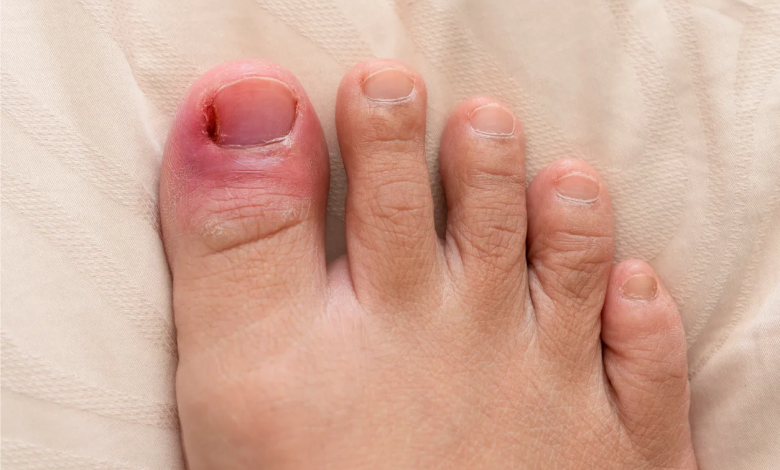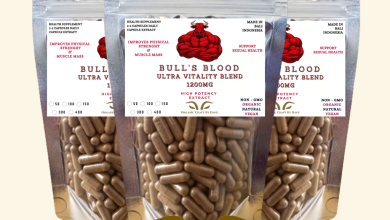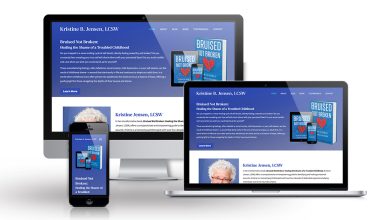How Does Ingrown Toenail Matricectomy Relieve Discomfort Effectively?
How Does Ingrown Toenail Matricectomy Relieve Discomfort Effectively?

Ingrown toenails can be a persistent and painful issue, often leading to discomfort and even infection if not treated properly. One effective treatment option that has gained recognition for its ability to provide long-term relief is ingrown toenail matricectomy. This procedure targets the root cause of the problem by addressing the nail matrix, where the toenail grows from. If you’ve been struggling with the discomfort of an ingrown toenail, understanding how matricectomy works might offer some clarity and hope for relief.
Understanding Ingrown Toenails
Before delving into matricectomy, it’s essential to grasp what causes an ingrown toenail. An ingrown toenail occurs when the edge of the toenail grows into the surrounding skin. This can cause significant pain, redness, swelling, and even infection. Common causes include improper nail trimming, tight-fitting shoes, or genetic factors that make the toenail curve more than usual.
What Is Ingrown Toenail Matricectomy?
Ingrown toenail matricectomy is a surgical procedure designed to address chronic ingrown toenails. The goal of the surgery is to remove a portion of the toenail matrix, which is the part of the nail bed where the nail grows from. By removing this portion, the procedure prevents the problematic toenail from growing back in a way that causes discomfort.
How Does It Work?
During an ingrown toenail matricectomy, the procedure typically follows these steps:
- Anesthesia: To ensure comfort, the area around the toenail is numbed using a local anesthetic. This means you’ll be awake during the procedure but won’t feel pain.
- Removal of the Toenail: The affected portion of the toenail is carefully removed. In cases where the toenail has been causing significant issues, the entire toenail may be removed to ensure that all problematic tissue is addressed.
- Matrix Removal: The core of the procedure is the removal of the nail matrix. This is the part of the nail bed responsible for nail growth. By removing part of this tissue, the procedure effectively prevents the toenail from growing back in a way that will cause discomfort or reinfection.
- Treatment and Dressing: After the matrix removal, the area is treated with appropriate medications and covered with a sterile dressing. This helps to promote healing and prevent infection.
The Benefits of Matricectomy
- Long-Term Relief
One of the primary benefits of ingrown toenail matricectomy is its ability to provide long-term relief. By removing the problematic nail matrix, the procedure addresses the root cause of the ingrown toenail, significantly reducing the likelihood of recurrence. Patients who have undergone matricectomy often experience a notable reduction in discomfort and improved overall nail health.
- Reduced Risk of Infection
Chronic ingrown toenails can lead to recurrent infections, which can be both painful and difficult to manage. By removing the source of the problem, ingrown toenail matricectomy helps to reduce the risk of future infections. This can be particularly beneficial for individuals with compromised immune systems or those who frequently experience infections.
- Faster Healing Time
Compared to some other treatments, matricectomy generally has a relatively quick healing time. Most patients can resume normal activities within a few days, although it’s important to follow post-procedure care instructions to ensure optimal recovery.
- Minimal Discomfort
Thanks to the use of local anesthesia, the procedure itself is usually performed with minimal discomfort. Most patients report feeling pressure rather than pain during the procedure, making it a relatively comfortable experience. Post-procedure discomfort is manageable with over-the-counter pain relievers and should subside within a few days.
Aftercare and Recovery
Proper aftercare is crucial to ensure a smooth recovery from ingrown toenail matricectomy. Here’s what you can expect:
- Follow-Up Appointments: Regular follow-up appointments with your healthcare provider are important to monitor the healing process and address any concerns.
- Wound Care: Keeping the area clean and dry is essential to prevent infection. Follow your provider’s instructions regarding wound care and dressing changes.
- Pain Management: Over-the-counter pain medications can help manage any discomfort. Your healthcare provider may also prescribe pain relief if necessary.
- Activity Restrictions: While many people can return to their usual activities fairly quickly, it’s important to avoid activities that could put undue stress on the healing toenail. This includes avoiding tight shoes and engaging in high-impact activities until you’re fully healed.
Conclusion
Ingrown toenail matricectomy stands out as a highly effective treatment for alleviating the discomfort associated with ingrown toenails. By targeting and removing the problematic nail matrix, this procedure addresses the root cause of the problem, providing lasting relief and reducing the risk of recurrence. If you’ve been struggling with persistent ingrown toenail issues, discussing this option with a healthcare provider could be a significant step towards achieving long-term comfort and improving your quality of life. With proper aftercare, many patients find that matricectomy offers a clear path to freedom from the pain and inconvenience of ingrown toenails.









